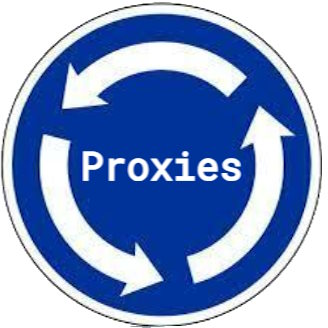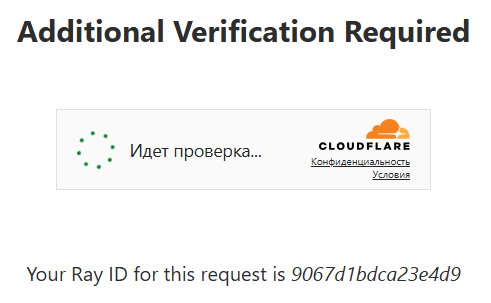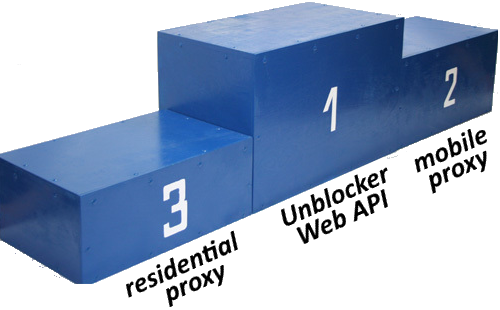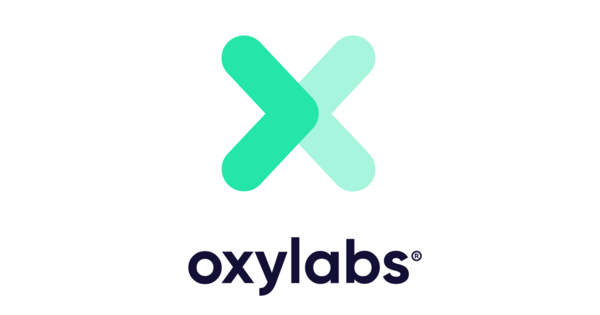
When scraping websites or automating online activities, IP bans can be a major obstacle. Many websites implement anti-scraping measures that block repeated requests from the same IP address. To bypass this, using rotating proxies is a common and effective strategy. Rotating proxies automatically switch your IP address with each request, making it harder for websites to detect and block your activity.
Why Use Rotating Proxies?
- Avoid IP Bans: Changing IPs helps prevent your IP from being flagged or blocked.
- Bypass Geo-restrictions: Access content restricted to certain regions by rotating through proxies in different locations.
- Increase Success Rate: Improves the chances of successful requests by mimicking more natural browsing behavior.





